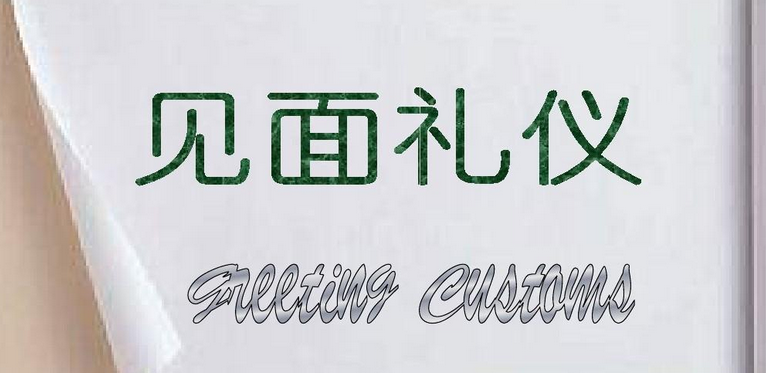In Chinese culture, proper etiquette plays a significant role in social interactions. This is especially true when it comes to meetings and formal gatherings. Understanding and observing the appropriate etiquette in these situations not only shows respect but also contributes to successful communication. In this article, we will explore ten essential tips for Chinese meeting etiquette.

I. Greetings:
Begin with a warm and respectful greeting. A handshake is widely accepted, but be aware that some Chinese individuals may prefer a nod or a slight bow. Address the person by their professional title followed by their surname. For example, "Chairman Zhang" or "Manager Li."
Wait for the senior-most person to initiate the seating arrangement. Generally, the most important person will be seated at the head of the table. Do not sit until invited to do so.
Engage in small talk before getting into business matters. It is common to inquire about one's well-being, family, or recent experiences. This helps build rapport and establish a friendly atmosphere.
II. Dining Etiquette:
If the meeting involves a meal, be mindful of dining etiquette. Wait for the host to start eating, and follow their lead throughout the meal. Avoid finishing your plate completely to show you have had enough.
Use chopsticks with finesse and avoid spearing food with them. When not using chopsticks, place them horizontally on the chopstick rest or across your own bowl. Do not leave chopsticks standing upright in a bowl of rice, as it resembles funeral rituals.
III. Communication:
Be mindful of non-verbal communication. Maintain eye contact while listening and speaking, as it reflects attentiveness. Avoid excessive gestures or touching, as personal space is valued in Chinese culture.
Use indirect language and be tactful when giving feedback or conflicting opinions. Direct confrontation can cause loss of face and damage relationships. Employing the art of "saving face" is crucial in maintaining harmony.
Enhance your listening skills. Active listening, such as nodding and providing verbal confirmation, demonstrates respect and understanding. Interruptions are generally discouraged unless necessary.
IV. Exchange of Gifts:
Bringing a small gift to the meeting is customary. It can be something representative of your culture or a token of appreciation. Present the gift with both hands and use subtle language to express your intentions.
Understand the significance of reciprocating gifts. If your Chinese counterparts present a gift, it is considered polite to reciprocate at a later time. The value or significance of the gift is less important than the gesture itself.
Conclusion:
Mastering Chinese meeting etiquette requires familiarity with cultural norms and an understanding of how to show respect and build harmonious relationships. By following these ten essential tips regarding greetings, dining, communication, and gift exchange, you will demonstrate your professionalism and create a positive impression during meetings with Chinese individuals. Remember, showing respect and adhering to traditional customs can go a long way in fostering successful business partnerships.
云作文原创内容,未经允许不得转载。